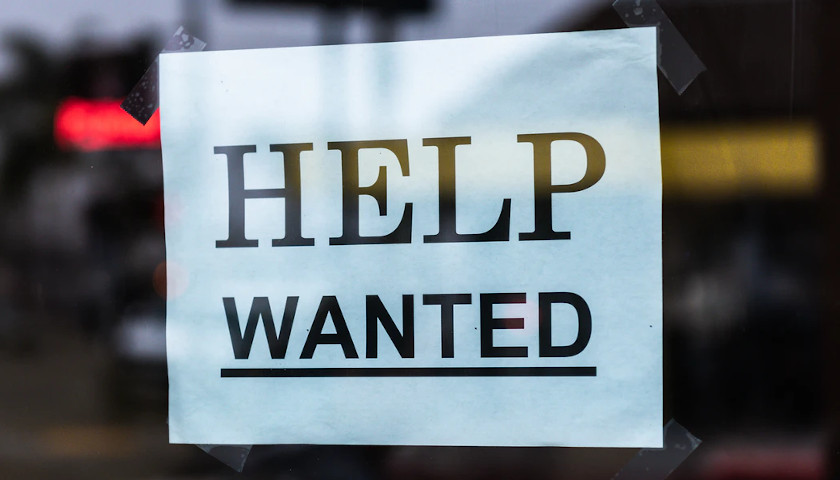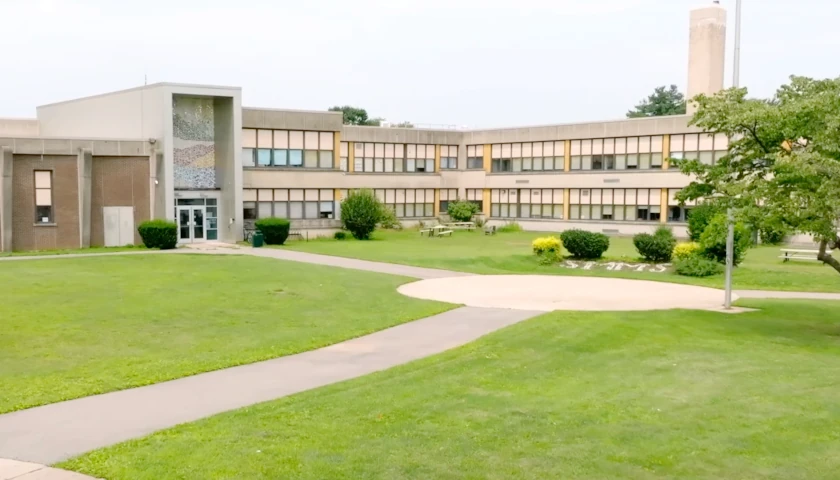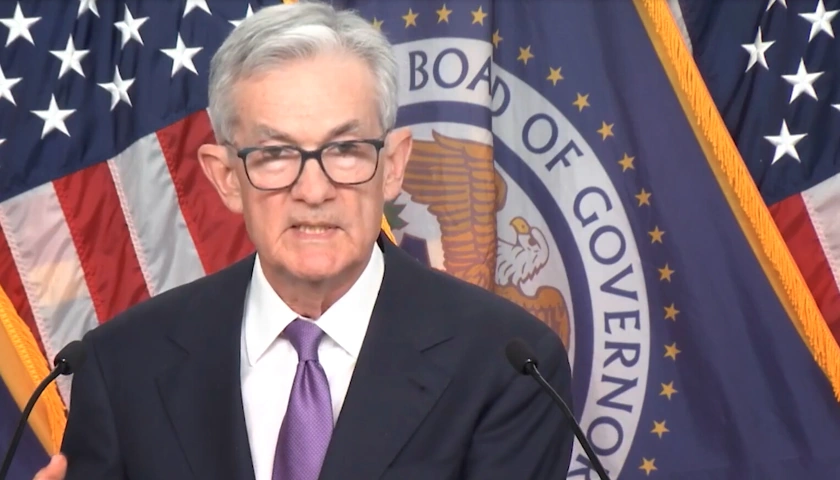by Anthony Hennen
A tight job market in Pennsylvania is good news for workers, but employers still struggle to find enough people to fill the available jobs.
That struggle remains a stubborn one for business owners, as shown in the latest economic update from the Independent Fiscal Office.
On the bright side, the state’s unemployment rate has fallen to 4%, the lowest rate since 1976. New unemployment claims have also fallen dramatically to 7,900 in October, compared to a prepandemic average of 14,500. The change in payroll jobs is also higher than before COVID-19, reaching 10,400 in October compared to 5,000.
If a Pennsylvanian wants to switch jobs, they have plenty of options compared to a few years ago.
On a statewide level, however, job openings are much higher than they used to be. The prepandemic monthly average in the commonwealth was 281,000 job openings. In September, 372,000 jobs were available but went unfilled. Employers who are understaffed or trying to expand cannot find the workers to grow.
Economic growth, and the growing state tax revenues that go along with it, isn’t happening in Pennsylvania.
One problem is a lower labor force participation rate. The participation rate, which includes workers with a job and those looking for a job, was 62.8% before the pandemic, but has fallen to 61.7% and has held steady since May.
“The Pennsylvania labor market remains extraordinarily tight. The tight labor market, low labor force participation rate and contracting demographics will continue to apply upward pressure on wage growth and economy-wide inflation,” the IFO said.
Boosting the labor force participation rate isn’t an easy task. Pennsylvania’s population is getting older at the same time that it is expected the state will start to shrink in population.
The shrinking workforce, as more people retire and fewer youth are in state to replace them, threatens to turn the government’s budget surplus into a deficit, as The Center Square previously reported. The IFO’s five-year forecast expects tax revenues to keep growing at 3.1%, but state spending to grow faster at 3.3%, wiping out the current $6.7 billion surplus and $5 billion rainy day fund by fiscal year 2027-28.
– – –
Anthony Hennen is a reporter for The Center Square. Previously, he worked for Philadelphia Weekly and the James G. Martin Center for Academic Renewal. He is managing editor of Expatalachians, a journalism project focused on the Appalachian region.





